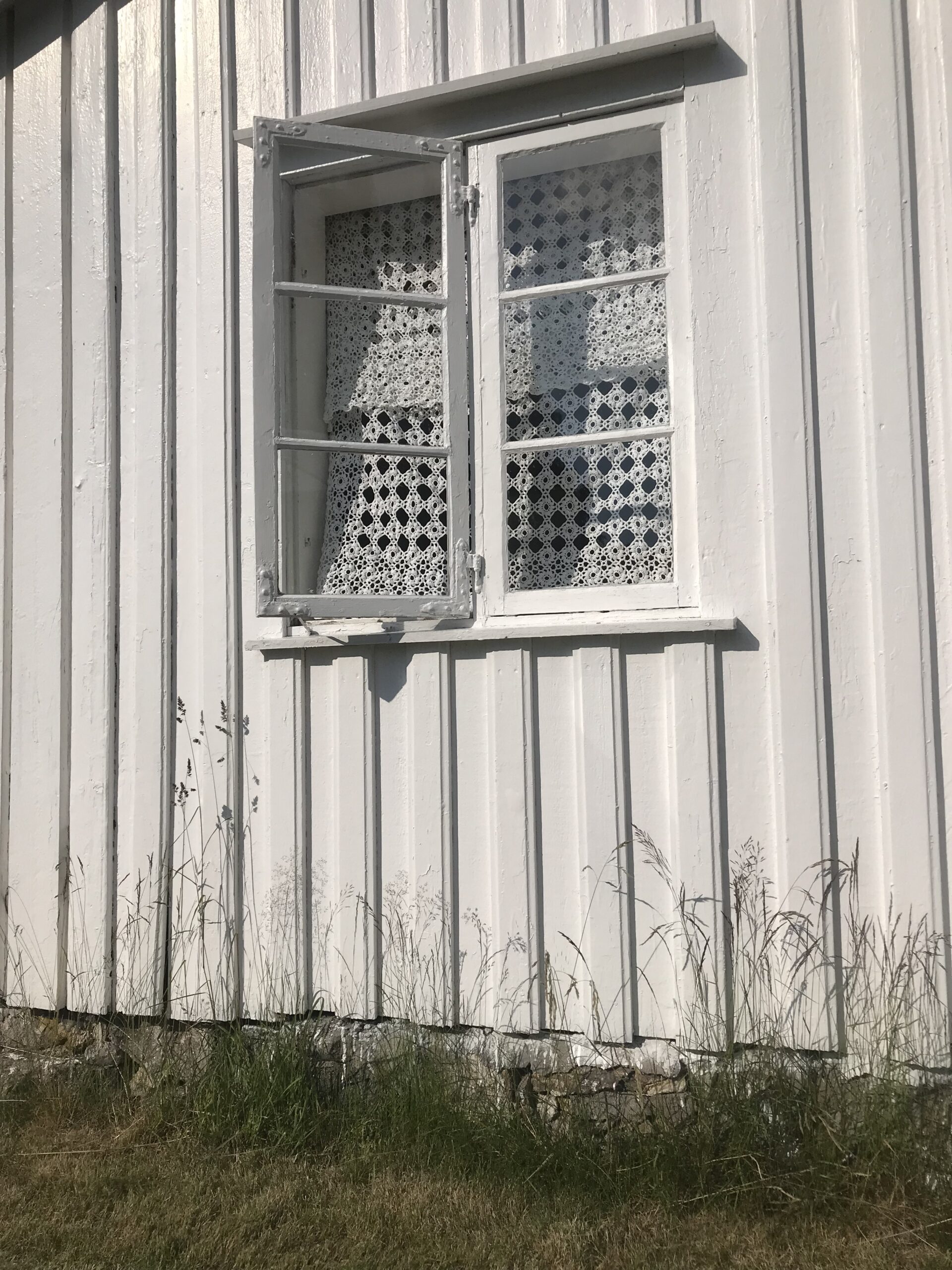
Jackson Heights, Queens
By the time you read this, more of my neighbors will be dead.
And yet, on this sunny spring day that belies the grim headlines, I need to go for a walk, that most mundane of human activities. I need to pretend that life is normal. To forget that just a short distance from my apartment stands Elmhurst Hospital, the epicenter of the coronavirus within New York City, itself America’s epicenter.
I know its emergency room first-hand from visits over the years with my aging mother, as she grew ever more prone to falls and fractures. I know it from when my dad was hit by a car and when my husband passed out, hitting his head. I know the old, cramped ER and the expanded, modern one, befitting its category as a Level 1 Trauma Center. I can still see the doctors and nurses scanning screens at the computer nerve centers and ministering to the sick and injured, including handcuffed patients with police escorts from the Rikers Island jail. I can hear the beeping monitors, the slow, rolling thunder of gurneys over gleaming floors.
The scene there now is apocalyptic, staff say. Maybe because of my own experience and respect for Elmhurst, I’m shaken by the images broadcast nationwide: anxious people lined up outside the ER, some waiting to be tested since sunrise, and the tents set up to check those who aren’t “too ill.” A video made by a doctor haunts me: “Before long, we’ll need more ventilators. If they don’t come, more people will die.” Camera shift to a refrigerated truck holding the bodies of 13 patients felled by the virus in a single day.
I’m relieved that, as I write this, the New York governor and mayor are allowing us to leave our homes briefly to get fresh air and exercise. Before I set off, I throw vinyl gloves into a tote bag. The potential for infection lies everywhere, we’re warned, every passing person an invisible threat.
I avoid turning onto once-bustling 37th Avenue, right around my corner. It’s 2:30, when children should be streaming out of P.S. 69 on this blue-sky day, some met by parents speaking languages I don’t recognize. After all, this is Jackson Heights, which a Queens College professor described as the most linguistically diverse place in America, if not the world. Besides the almost ominous silence, I can’t bear to pass so many shuttered stores. I wonder how the owners and employees of these small businesses are faring—the multi-generational Chinese family that runs the all-purpose dollar store; Lety’s Bakery (Colombian) with its superb flan; the Korean corner deli; the Egyptians’ clothing store where a Virgin Mary holy card is taped behind the counter; Espresso 77, the sideline of a local Pakistani architect. When the owner of Ultima Florist gave me extra flowers on his last open day, I nearly wept over the imminent loss of this beauty, deemed a non-essential service. We will be back! hand-written signs promise. The paper edges have begun to curl.
Yes, better to avoid these reminders of our world askew. Only a few people are out, and most are keeping six feet apart, as instructed. Although we’ve been told that masks aren’t necessary, they’re ubiquitous. Suddenly, my bare face leaves me feeling exposed. In this age of anxiety, I can’t help thinking that the two men walking towards me look like bandits, and from that thought arises the brief but quickly dismissed fear of impending attack.
At St. Mark’s Episcopal Church on leafy 34th Avenue, the multilingual welcome sign remains on the fence, next to a new announcement that its garden will reopen to the public today. But the gates are padlocked on this community space of peace and refuge. Forsythia haloes the empty benches.

Walking on past the historic co-op apartments, I stop in my tracks before a magnolia tree in full bloom, serenaded by an insistent but invisible cardinal. I stand rooted in awe, gratitude, and longing. The bird can’t stay hidden! I must see, not just hear, the creator of this rhapsody. And so the cardinal takes on a symbolic weight for me, despite the essential lightness of its being. I tilt my head, scrutinizing the upper branches of a bare-limbed tree still in winter slumber and, at long last, I catch a tiny flame-tip of orange. Only then can I move on.
An elderly, unaccompanied man leaning on a cane begins walking into the street against the light. I gasp in alarm, but of course, there are no vehicles in sight. Now I find myself alone on the block of red-brick one-family homes where I grew up, unsure of what I’m expecting to see. In this unlikely ghost town, even an apparition—a long-gone cranky neighbor, for example—would be welcome company. I feel the same deep unease as I did when my husband and I were driving in desolate areas of the Great Plains past invisible Wyoming towns, “population 12.”
I need people! And so I head to 37th Avenue after all, prospecting for life despite its potential threat to mine. Three young Rite Aid workers, apparently on a break, are standing outside the store entrance, laughing. I wish I could join them. A fruit and vegetable market that opened for business just before the virus outbreak attracts eager customers. What could be more essential to life? And what a beautiful array! I slip on my gloves and choose grapes, tomatoes and baby bananas, realizing that my fingers miss the touch of skin on skin. Another shopper wearing a leopard-printed mask squints at the produce and stocks up.
Back home, I lather my hands and spray disinfectant on the tote. Sirens start up outside, an ongoing Doppler effect of approaching and receding sound, and overhead I hear the unsettling putter of propellers. Later through a community listserv, I learn it was a news media helicopter on its way to Elmhurst Hospital.
Note: Since this writing, leaving one’s home is permitted only to obtain essentials such as food and prescriptions, and masks must be worn. On April 29, 2020, 61 percent of Jackson Heights residents who were tested for COVID-19 had a positive result (down from 73 percent positive on April 7). The citywide average is 31 percent positive. Those who die at home aren’t included in the statistics recorded daily by hospitals. Among prominent neighbors recently named and mourned: Kamal Ahmed, president of the Bangladesh Society, and the Reverend Antonio Checo, rector of St. Mark’s Episcopal Church. Unnamed: Uber drivers, street vendors, nannies, waiters, home health aides. Among some declining numbers are other glimmers of hope: scores of renowned artists and photographers contributed their work to Pictures for Elmhurst, an online fundraiser that brought the hospital $1.4 million.
Maria Terrone’s debut book of creative nonfiction, At Home in the New World, appeared in 2018 from Bordighera Press with work from The Common, Witness, Potomac Review, and other journals. “Mystery, Menace, and Early Sorrow,” first published in Green Mountains Review, was listed as a Notable Essay in Best American Essays 2019. Also a poet, she is the author of the collections Eye to Eye; A Secret Room in Fall (McGovern Prize, Ashland Poetry Press); The Bodies We Were Loaned, and a chapbook, American Gothic, Take 2.
First image by Flickr user andrea h., second image by the author.




